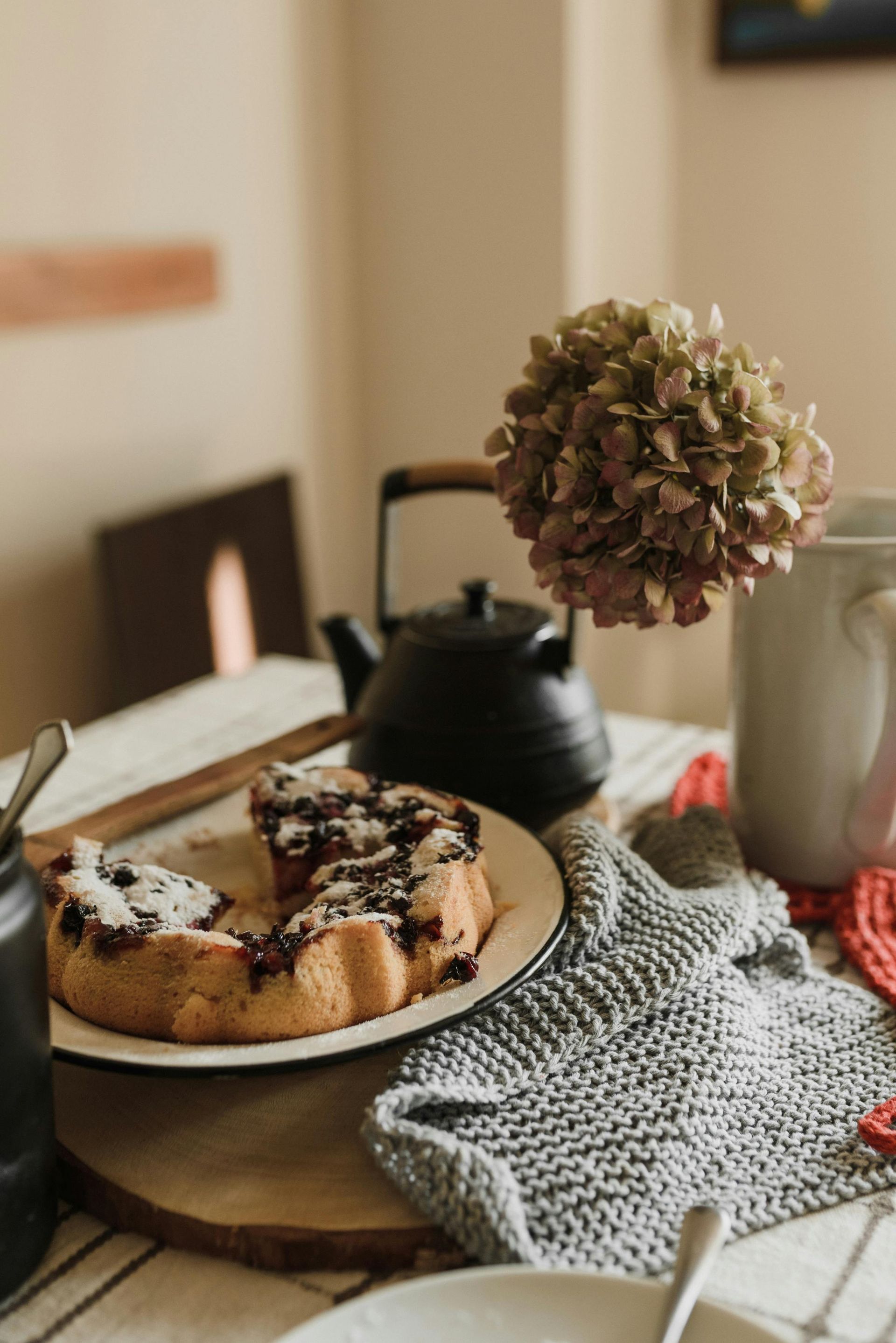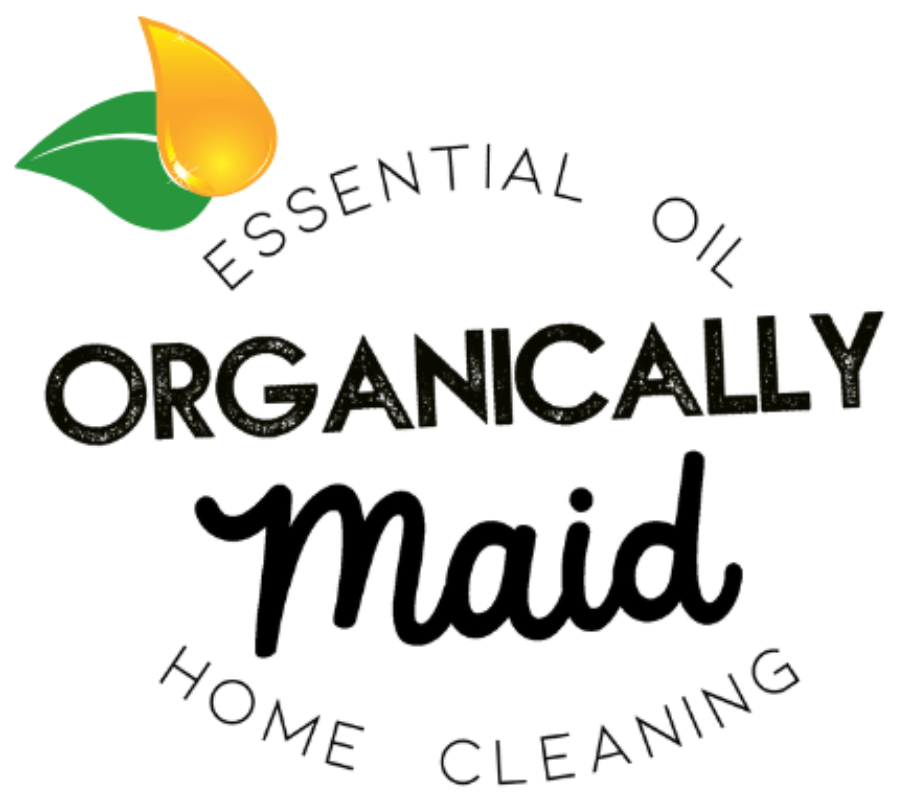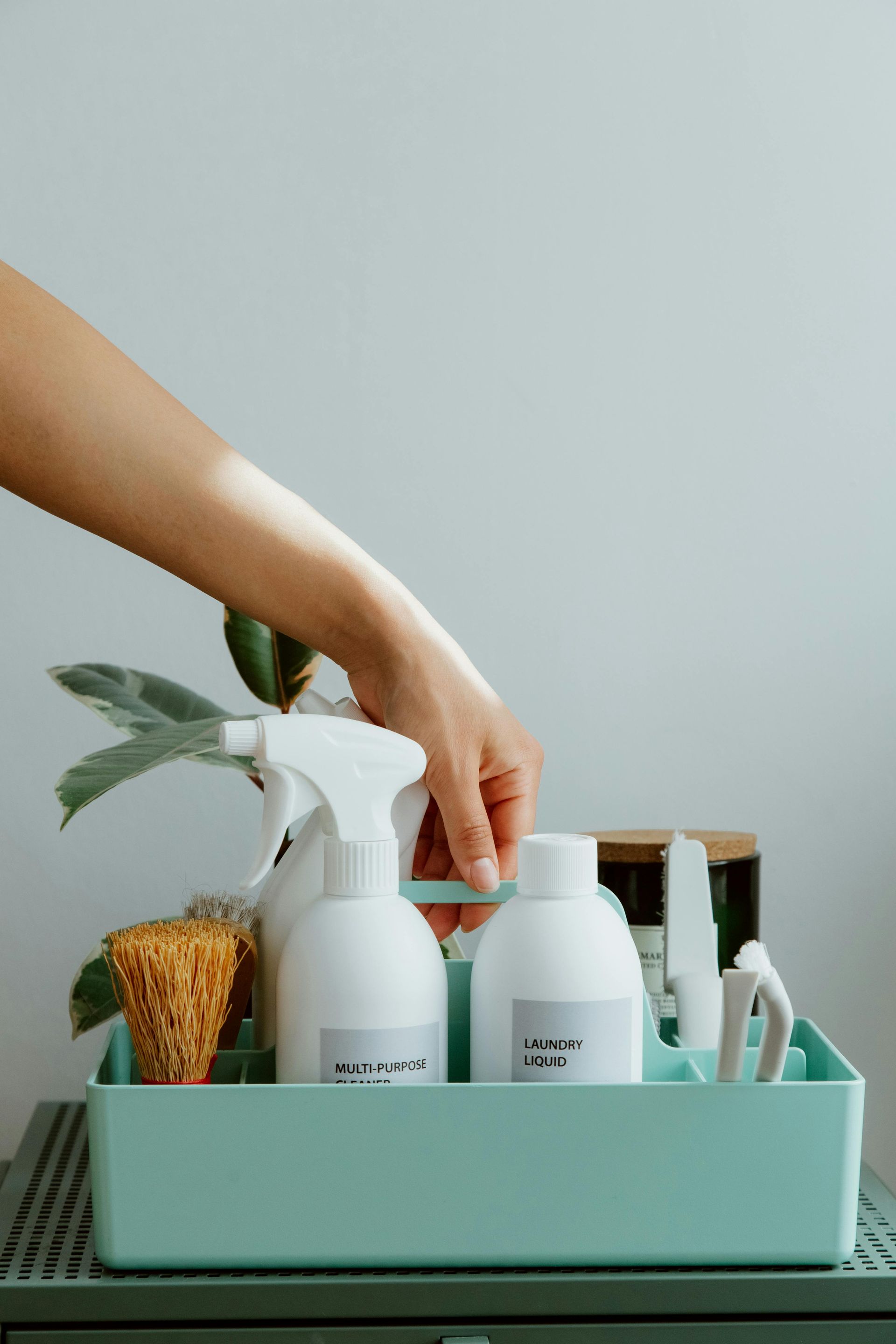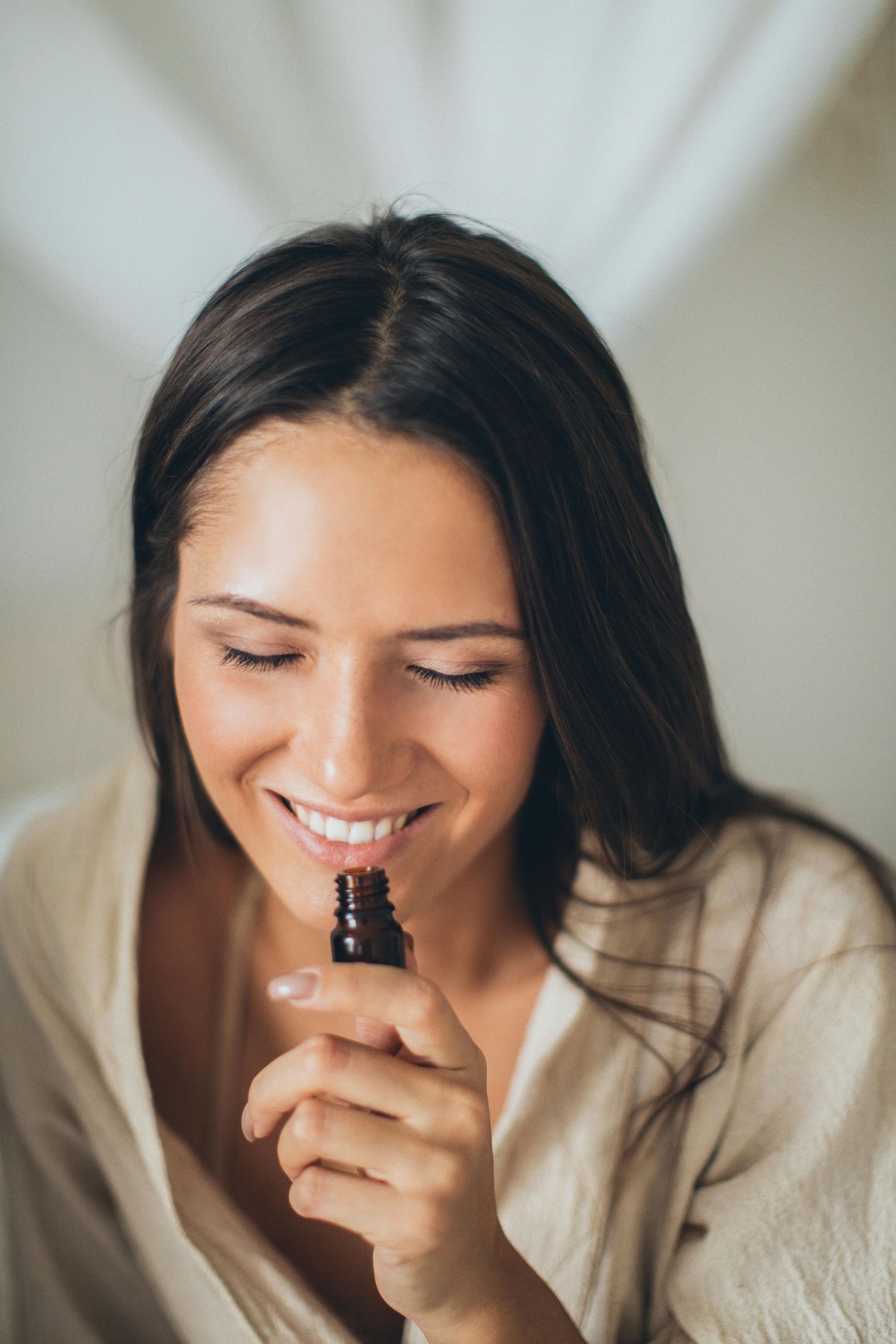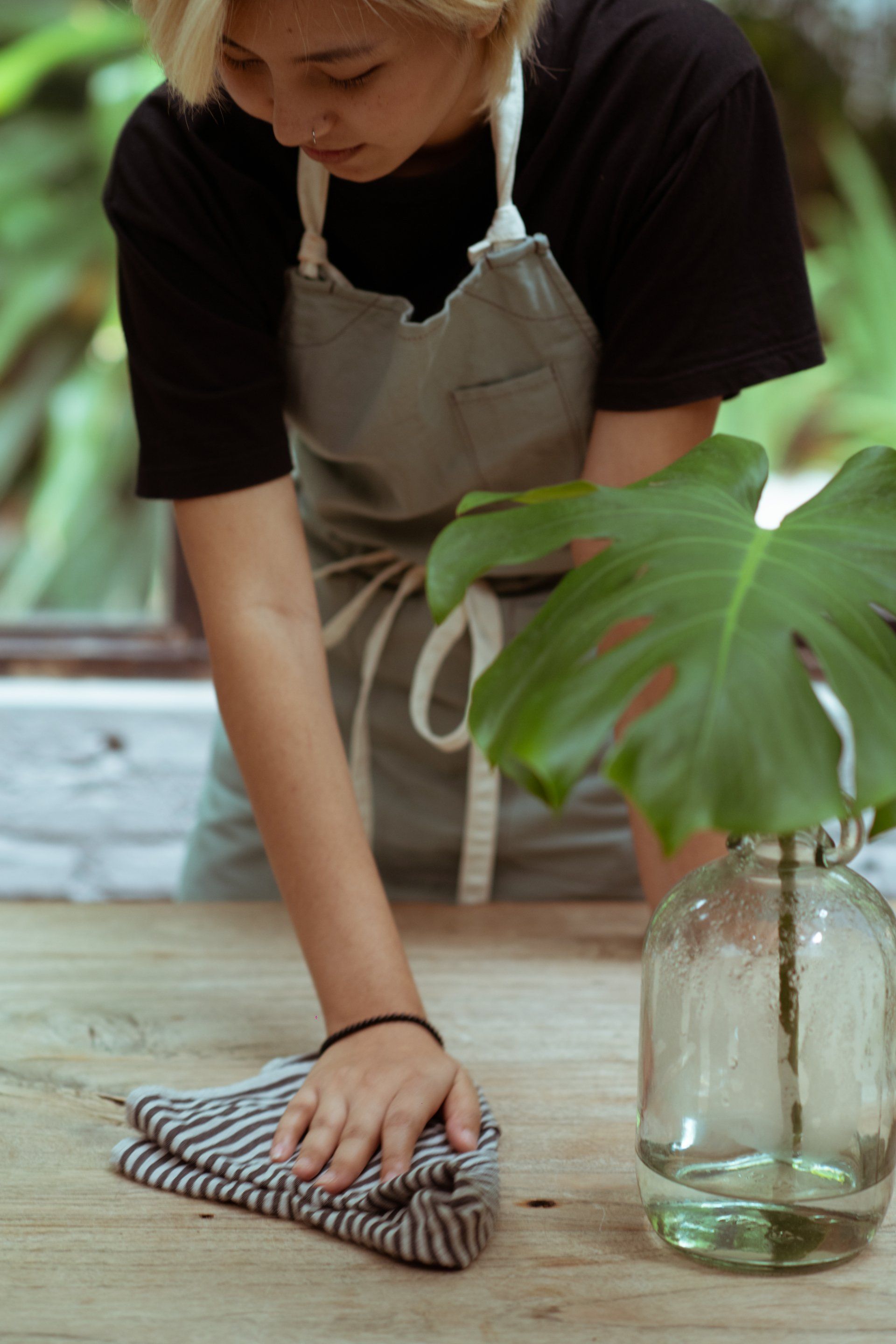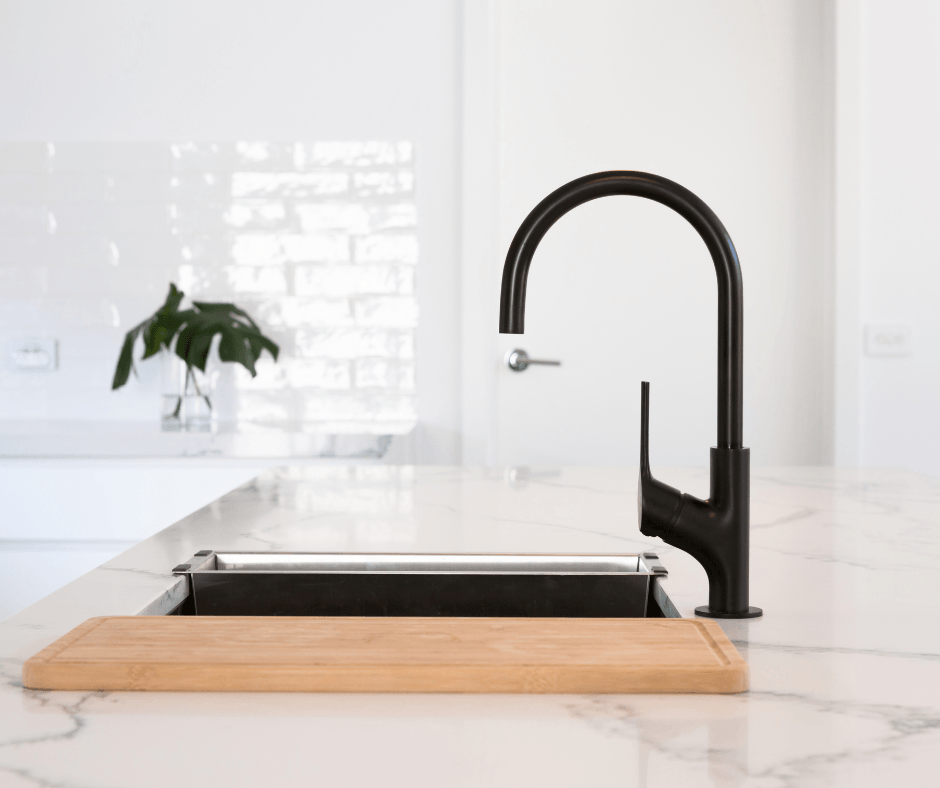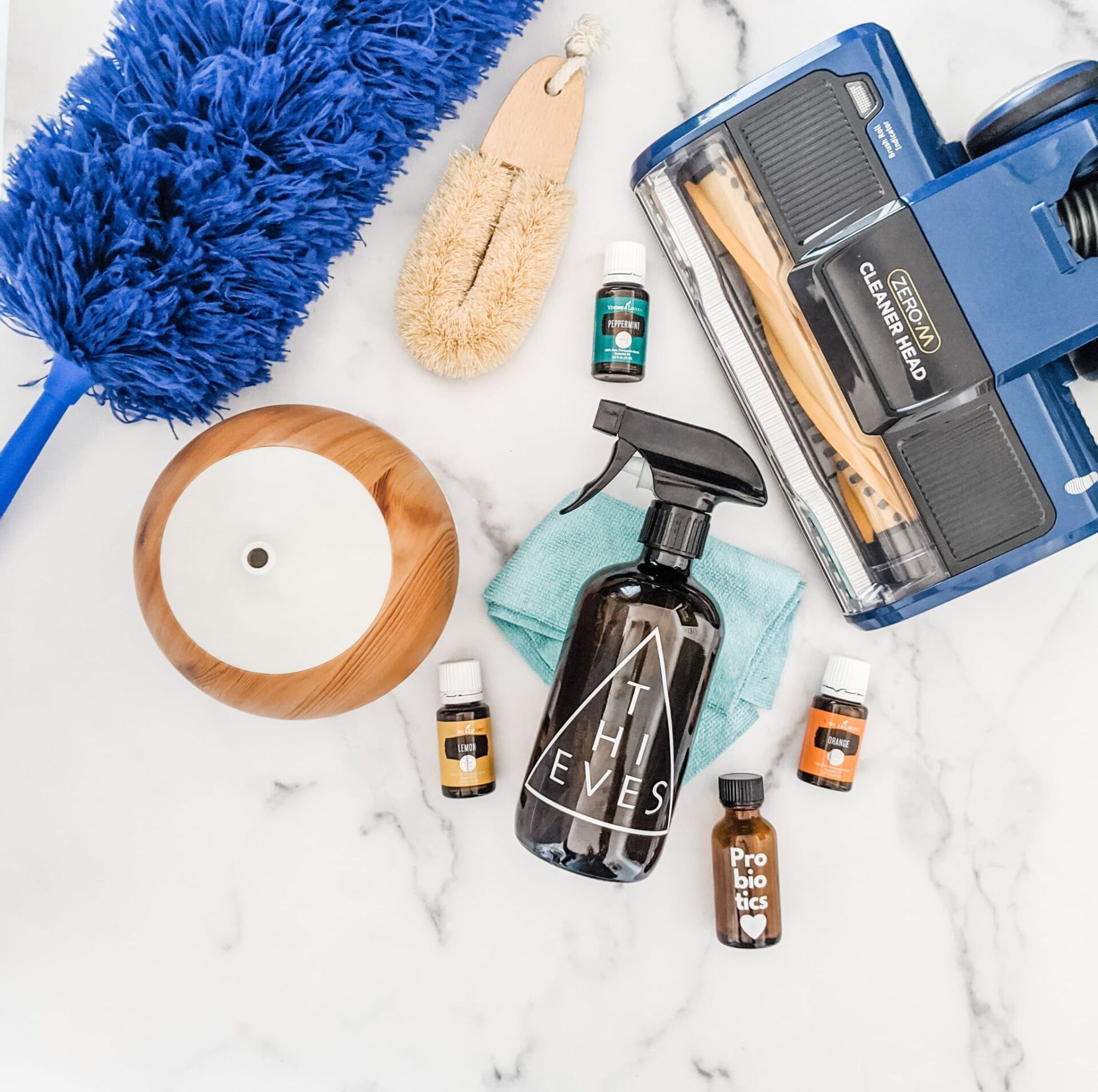Mirror Cleaning Made Easy
Achieving Streak-Free Shine with Natural Cleaners
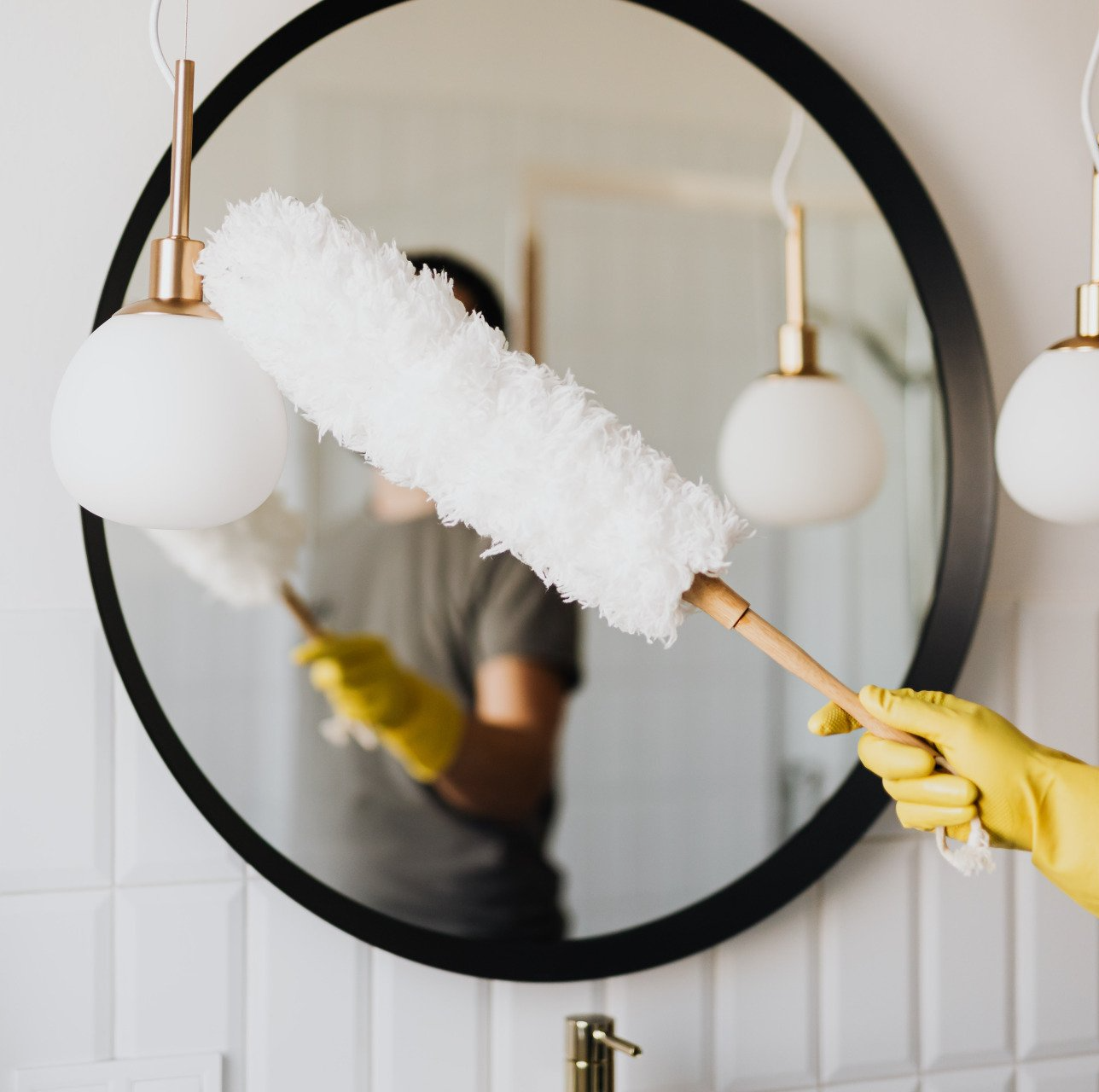
Mirrors are an essential part of our daily lives, serving both functional and aesthetic purposes. However, achieving a streak-free shine can often be a frustrating task. Many commercial glass cleaners contain chemicals that can leave behind streaks and unpleasant residues. In this post, we'll explore effective methods for cleaning mirrors using natural cleaners, ensuring a streak-free shine without compromising your health or the environment.
Gather Your Natural Cleaning Supplies
Before tackling the mirror cleaning process, gather the following natural cleaning supplies:
- White vinegar: Known for its excellent cleaning properties, white vinegar effectively cuts through grime and leaves a streak-free finish.
- Distilled water: Using distilled water helps prevent mineral deposits that can cause streaks.
- Microfiber cloth: Opt for a lint-free microfiber cloth to achieve a pristine finish without leaving behind fibers or lint.
- Spray bottle: Use a clean spray bottle to mix your homemade mirror cleaner.
Create Your Homemade Mirror Cleaner
Making your own natural, non-toxic mirror cleaner is quick and easy. In a spray bottle, combine equal parts distilled water and white vinegar. This simple solution acts as a powerful cleaner without the need for harsh chemicals. Shake the bottle gently to mix the ingredients thoroughly.
Prep the Mirror Surface
Before applying the cleaner, remove any dust or loose particles from the mirror's surface using a dry microfiber cloth. This step helps prevent scratching or smearing during the cleaning process.
Apply and Wipe
Spray a light mist of your homemade mirror cleaner onto the mirror's surface, focusing on one section at a time. Avoid oversaturating the mirror, as excessive moisture can lead to streaks. Immediately, use a clean microfiber cloth to wipe the sprayed area in straight, overlapping strokes. Work from top to bottom to ensure thorough coverage.
Tackle Stubborn Streaks
If you encounter stubborn streaks or smudges, dampen a corner of your microfiber cloth with the vinegar-water solution and gently rub the affected area. Then, immediately follow up with a dry portion of the cloth to buff and remove any remaining residue.
Finishing Touches
To achieve a flawless, streak-free shine, inspect the mirror for any missed spots or streaks. If necessary, lightly spritz the affected areas with your homemade cleaner and wipe again with a clean microfiber cloth until the surface is spotless.
Optional Natural Enhancements
For a refreshing scent or added antibacterial properties, you can enhance your homemade mirror cleaner by adding a few drops of essential oils such as lemon, lavender, or tea tree oil. These natural additions can elevate your cleaning experience while maintaining a streak-free shine.
Cleaning mirrors to achieve a streak-free shine doesn't have to involve harsh chemicals or expensive commercial cleaners. By using natural cleaning supplies like white vinegar, distilled water, and a microfiber cloth, you can effortlessly restore your mirrors' brilliance. Follow the steps outlined in this post, and say goodbye to streaks and residues. Embrace a healthier and more environmentally friendly approach to mirror cleaning by incorporating natural cleaners into your cleaning routine. Enjoy a crystal-clear reflection that brightens your space and leaves you feeling satisfied. In the Dallas-Fort Worth area? Organically Maid can help keep your mirrors sparkling naturally and save you time!
Blog
